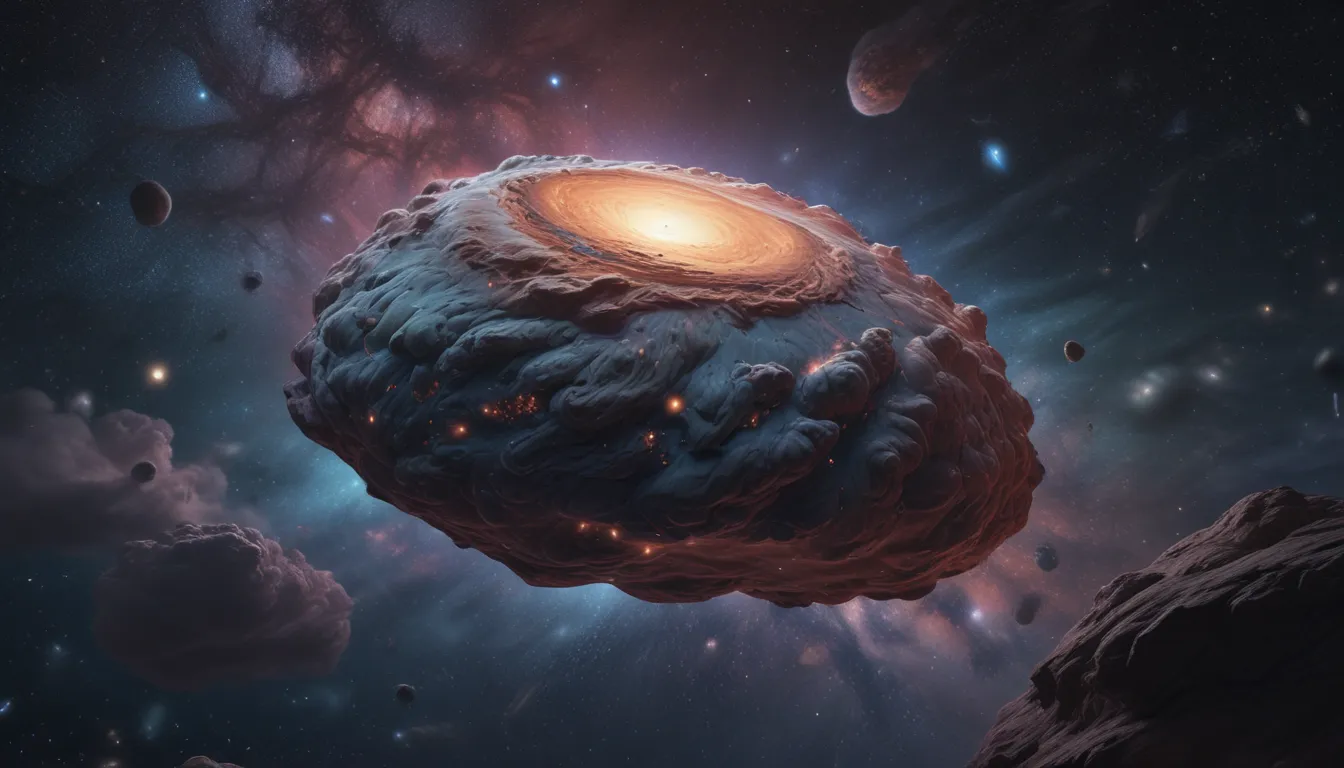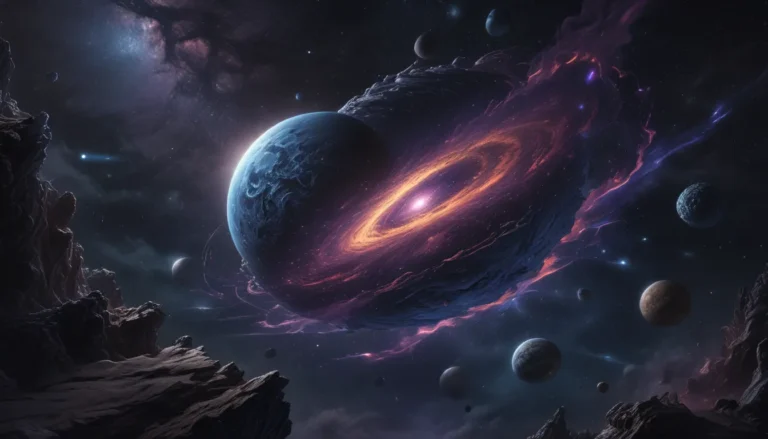The pictures we use in our articles might not show exactly what the words say. We choose these pictures to make you interested in reading more. The pictures work together with the words but don’t take their place. The words still tell you the important facts.
Welcome to a cosmic journey filled with wonder and fascination as we explore the enigmatic world of Messier 64, also known as the “Black Eye Galaxy.” Located in the constellation Coma Berenices, this captivating galaxy has piqued the curiosity of astronomers and stargazers alike, offering a glimpse into the complexity of the universe. Join us as we uncover eight mysterious facts about this remarkable celestial object and dive into the hidden secrets of the Black Eye Galaxy.
Key Takeaways:
- M64 Overview: The Black Eye Galaxy, Messier 64, is a spiral galaxy with a dark band resembling an eye, holding secrets of cosmic collisions, hidden black holes, and vibrant star nurseries.
- Celestial Puzzle: M64 continues to baffle astronomers with its mysterious nature, featuring dark matter halos and an active galactic nucleus, providing an exciting opportunity to deepen our understanding of the universe.
The Black Eye Galaxy: A Fascinating Spiral Galaxy
Mesmerizing and mysterious, Messier 64 is a spiral galaxy situated approximately 17 million light-years away in the constellation Coma Berenices. Known for its distinctive dark dust lane encircling a bright core, the galaxy earned the moniker “Black Eye Galaxy” due to this striking feature.
Unraveling a Cosmic Collision
The unusual structure of M64 points towards a cosmic collision as the shaping force behind its appearance. Scientists believe that a collision between M64 and a smaller companion galaxy resulted in a disturbance in its spiral arms, creating the unique edge-on view observed from Earth.
The Hidden Secret of a Supermassive Black Hole
Deep within the heart of Messier 64 resides a well-guarded secret: a supermassive black hole. With a mass millions of times greater than that of our sun, this black hole exerts a powerful gravitational influence and significantly influences the galaxy’s evolution.
Star Formation and Stellar Nurseries
M64 serves as a vibrant hub of star formation, featuring stellar nurseries teeming with gas and dust, the building blocks of new stars. The intense radiation and stellar winds from these young stars sculpt the surrounding gas clouds into mesmerizing structures, contributing to the galaxy’s overall dynamism.
The Intrigue of an Active Galactic Nucleus
At the core of M64 lies an active galactic nucleus (AGN), powered by the accretion of matter onto the supermassive black hole. This process generates immense energy, emitting intense radiation across different wavelengths and making M64 a compelling subject of study for astronomers.
The Enigmatic Dark Matter Halo
Enveloped by a massive halo of dark matter, Messier 64 is shrouded in mystery. Dark matter, an invisible substance that interacts minimally with light, plays a crucial role in explaining the gravitational forces maintaining galaxies' cohesion, yet its exact nature remains a cosmic conundrum.
A Haven for Supernovae Explosions
Throughout its existence, M64 has hosted numerous supernovae explosions, marking the dramatic ends of massive stars. These cataclysmic events release tremendous energy, momentarily outshining the galaxy itself and offering valuable insights into stellar evolution.
Deciphering the Celestial Puzzle
Continuously puzzling astronomers with its intricacies, M64 poses thought-provoking questions about stellar dynamics, galactic collisions, dark matter, and black holes. Unraveling the secrets of the Black Eye Galaxy could deepen our understanding of the universe's formation and evolution.
Conclusion: Embracing Cosmic Exploration
In conclusion, Messier 64, the Black Eye Galaxy, stands as a captivating celestial wonder that continues to inspire awe and fascination. From its unique characteristics to its mysterious inner workings, M64 offers a glimpse into the vastness and complexity of the cosmos, inviting us to embark on a journey of discovery.
FAQs:
- Distance from Earth: Messier 64 is located approximately 24 million light-years away.
- Origin of Its Name: The Black Eye Galaxy is named for the prominent dark dust lane resembling a black eye.
- Size of M64: With an estimated diameter of about 40,000 light-years, M64 showcases a vast cosmic expanse.
- Discovery: Astronomer Edward Pigott discovered Messier 64 in March 1779, later observed and cataloged by Charles Messier.
- Visibility: M64 is not visible to the naked eye and requires a telescope for detailed observation.
- Activity Classification: Classified as a spiral galaxy, Messier 64 is not considered an active galaxy.
- Presence of Stars and Planets: While home to numerous stars, there is no confirmed evidence of planets within M64.
- Life-Supporting Potential: Given its extreme distance, inhospitable environment, and lack of known habitable zones, Messier 64 is unlikely to support life as we know it.
Let the mysterious allure of Messier 64 spark your curiosity and inspire your cosmic exploration. As we strive to unlock the secrets of this enigmatic galaxy, we pave the way for new discoveries and a deeper appreciation of the boundless wonders of the universe. Dive into the depths of space and immerse yourself in the captivating journey of unraveling the mysteries of the Black Eye Galaxy.






